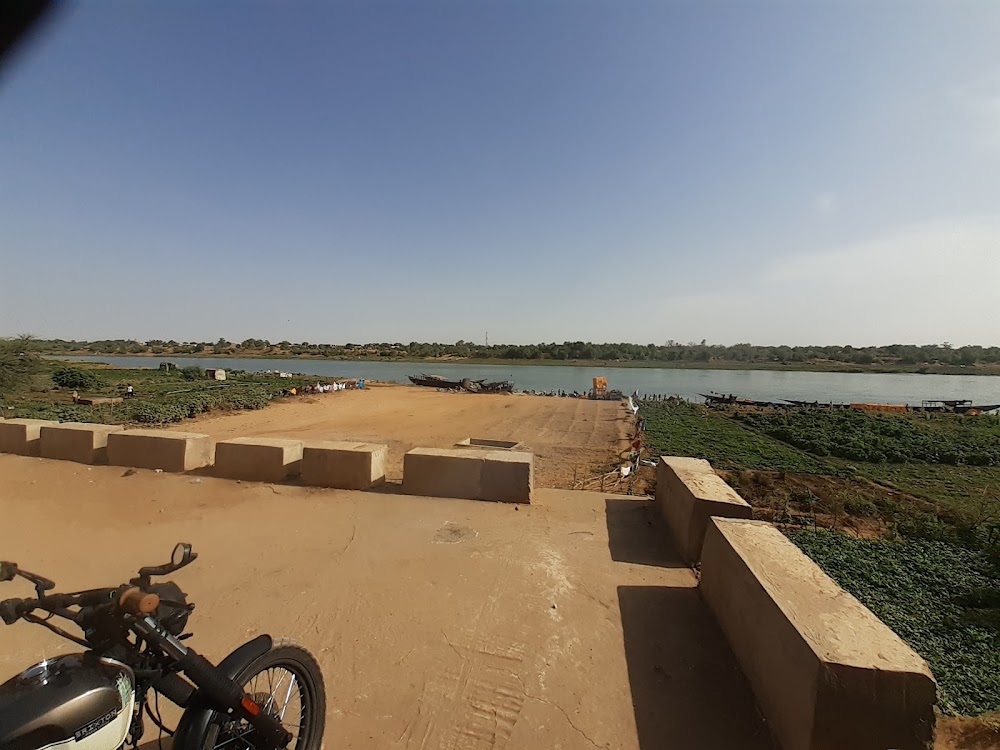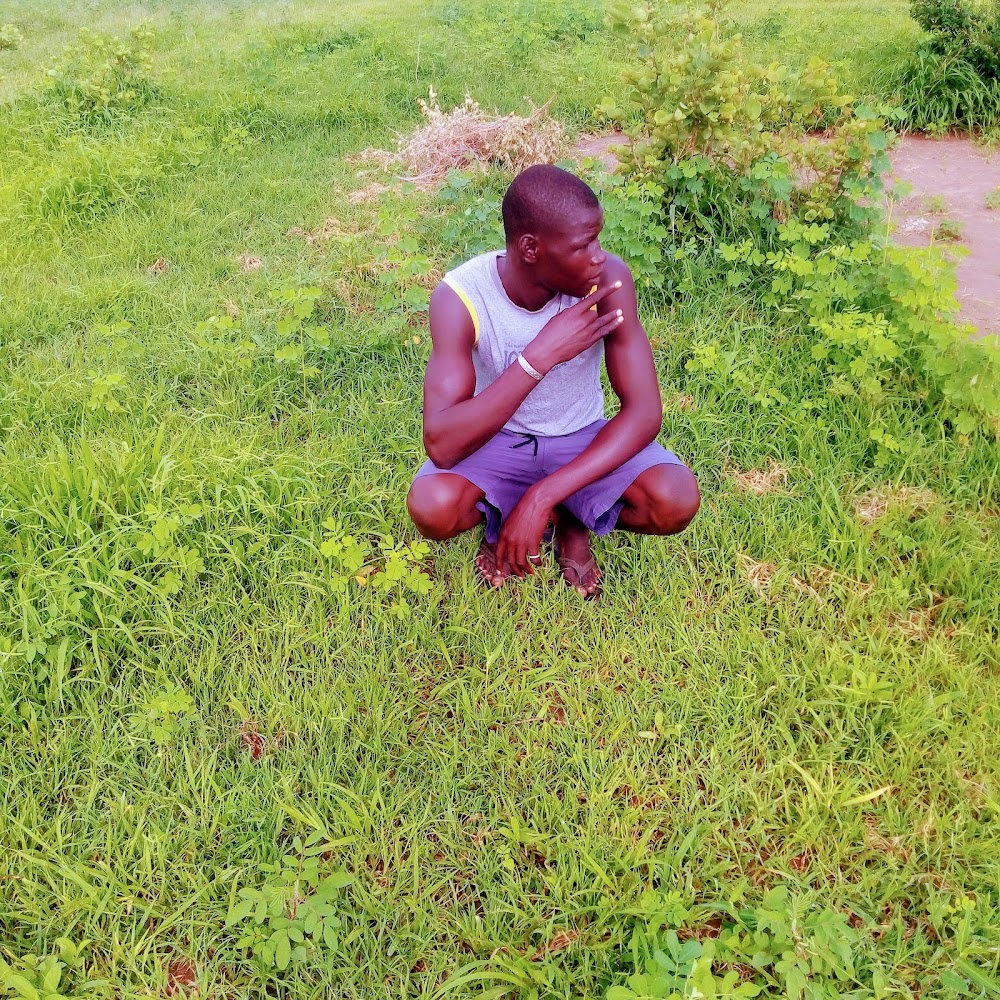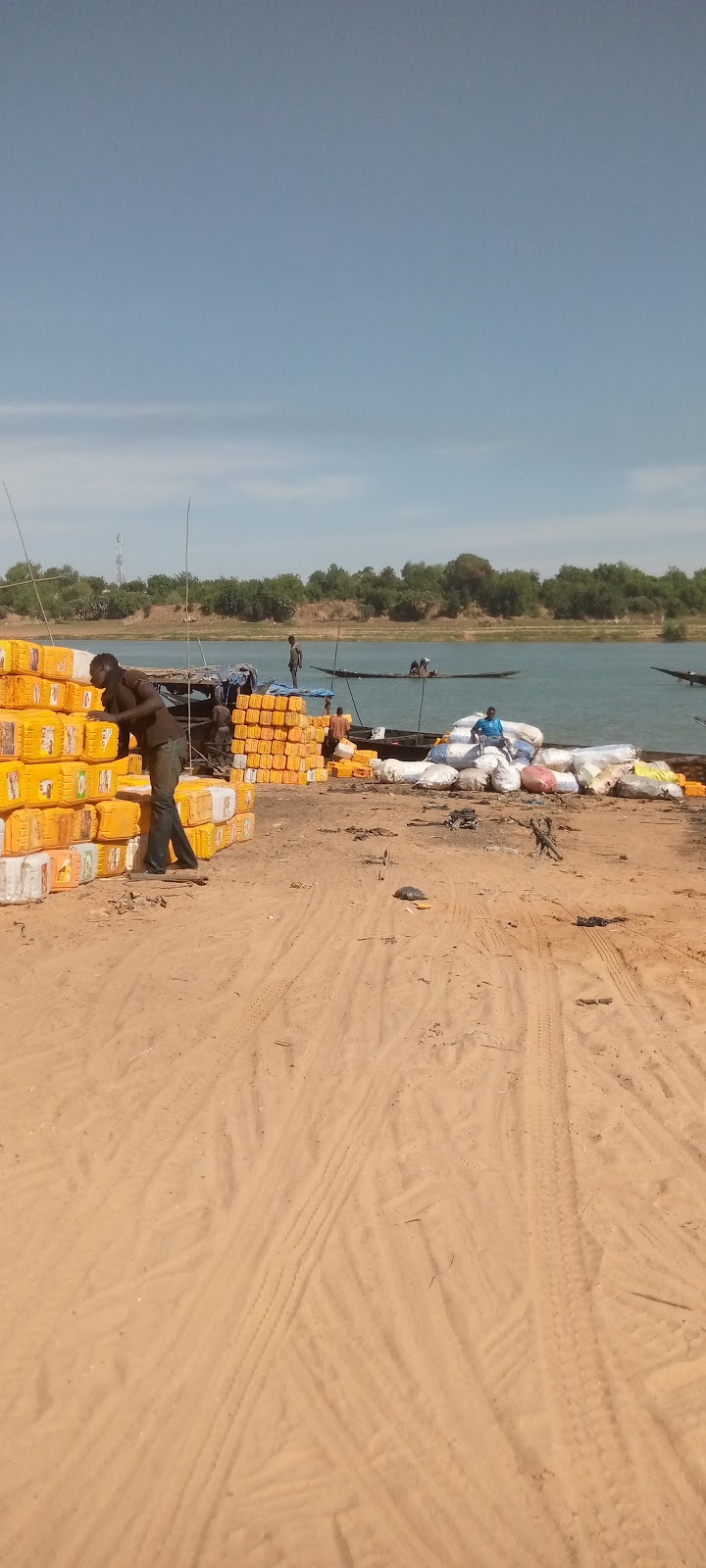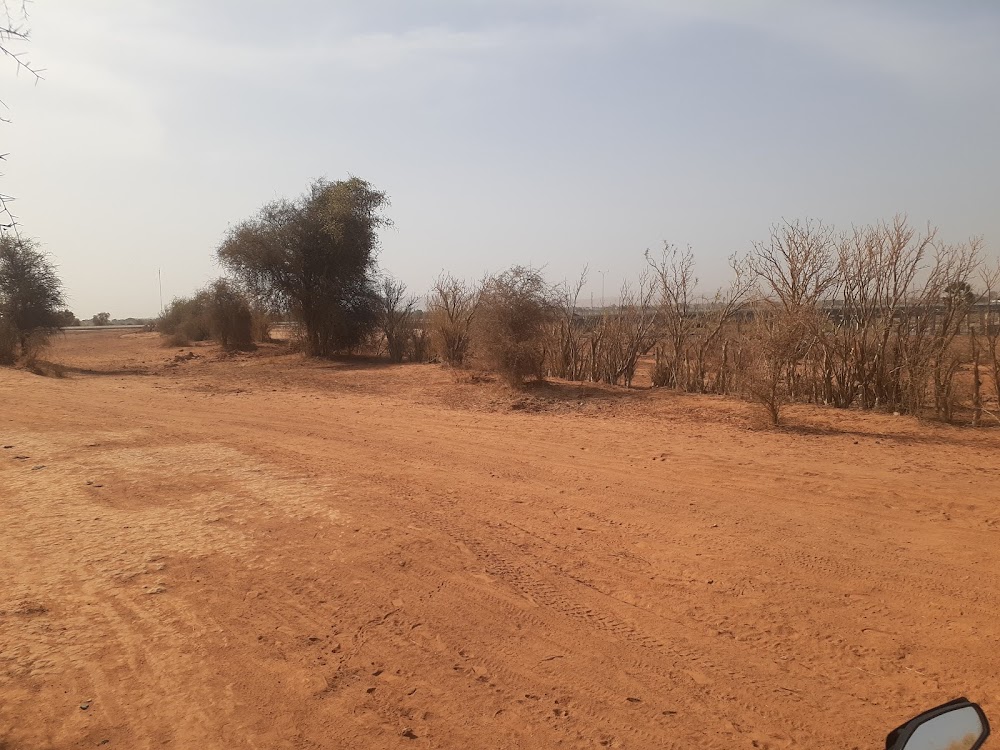Kayes Town (Ville de Kayes)
Related Places
Overview
Welcome to Kayes, often affectionately known as Kayes Town, the capital of the Kayes Region in Mali, West Africa. Nestled along the banks of the Sénégal River, this vibrant town is celebrated for its charming handmade mud-brick buildings and a rich history that dates back centuries.
Originally established as a small trading post due to its strategic riverside location, Kayes blossomed into a bustling hub for merchants who navigated the waters to trade precious commodities like gold and salt. Over the years, it evolved into a significant commercial center, attracting individuals from diverse ethnic and cultural backgrounds, making it a melting pot of traditions.
Architectural Heritage
The architecture of Kayes is both unique and captivating. Many traditional structures are crafted using a technique called "banco," where mud is mixed with natural materials such as straw and sun-baked. These mud-brick buildings are not only resilient but also provide excellent insulation against the region's sweltering heat. The mastery of this craft has been passed down through generations of skilled local masons, preserving the town's architectural legacy.
One of the standout landmarks in Kayes is the Governor's Palace, a stunning example of colonial architecture. Constructed during the late 19th century French colonization, the palace showcases a blend of traditional African aesthetics and French design. Serving as an administrative hub during colonial times, it continues to play an important role in local governance today.
Another significant site is the Kayes Railway Station, established in the early 20th century by the French. This station was vital in connecting Kayes with other regions of Mali and even Senegal, greatly enhancing trade and mobility. The introduction of railway service marked a pivotal moment for the town, unlocking new economic opportunities and fostering growth.
Community Resilience
Despite its historical importance, Kayes faced challenges, particularly in healthcare and education, well into the 20th century. However, the community's resilience shone through as they navigated these difficulties. Local and international NGOs have played a pivotal role in advancing these sectors, collaborating with the Malian government to establish schools, hospitals, and other essential facilities.
Agriculture remains a cornerstone of Kayes's economy, with the fertile lands along the Sénégal River ideal for growing crops such as maize, millet, and rice. Livestock farming is also prevalent, with many families depending on cattle, goats, and sheep for their livelihoods. Market days in Kayes are a vibrant spectacle, bursting with colorful produce and the lively buzz of community interaction.
Improving Education
In recent decades, education in Kayes has significantly progressed. New schools have been built, and literacy rates are climbing as families increasingly recognize the importance of education for their children's futures. Although Kayes lacks a university, graduates have access to higher education institutions in other parts of Mali, broadening their opportunities.
Modern amenities and technology are gradually making their presence felt in Kayes. While the town retains its traditional charm, advancements such as mobile communication and electricity are enhancing residents' quality of life. Internet cafes and small tech service businesses are emerging, bridging the gap between tradition and modernity.
Cultural Vibrancy
Kayes is also rich in cultural heritage, with festivals and traditional ceremonies playing a vital role in community life. These events, featuring music, dance, and storytelling, are not only entertaining but also serve to preserve and pass down cultural knowledge to younger generations.
In recent years, Kayes has seen a slow but steady growth in tourism. Visitors are drawn to the town's historical sites, stunning landscapes, and the warmth of its locals. Activities such as river tours, hiking trails, and cultural experiences provide an authentic glimpse into the life and history of this distinctive part of Mali.
In conclusion, Kayes Town is much more than a historical destination; it is a thriving community where the past and present coexist in harmony. The story of Kayes is one of resilience, rich traditions, and gradual modernization, reflecting the broader narrative of Mali itself.






